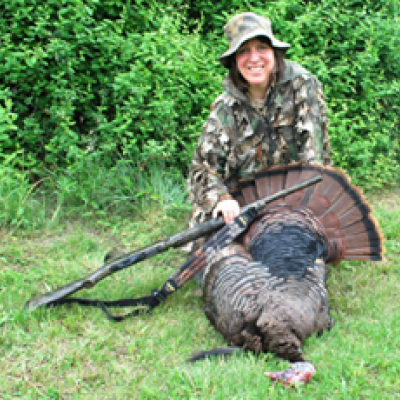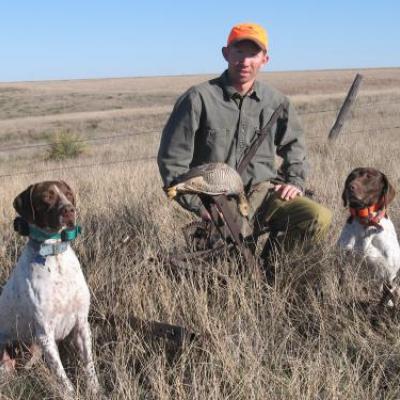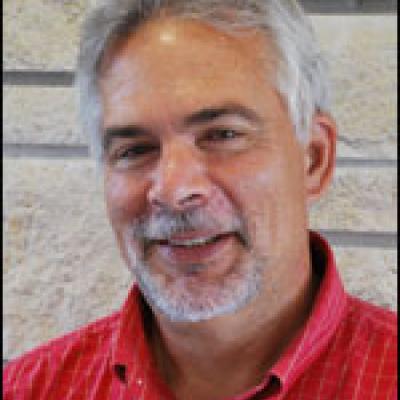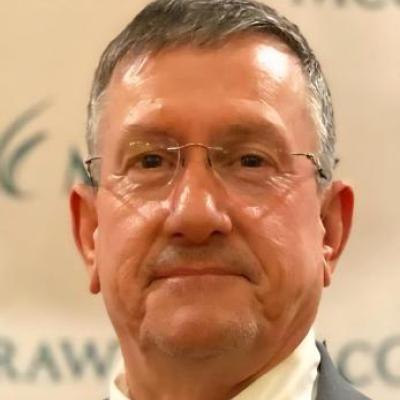Ringneck Ranch
Ringneck Ranch is located on land homesteaded in 1872, a time when the Cheyenne and herds of buffalo still roamed central Kansas. The ranch sits isolated in a pristine prairie valley looking out on the Blue Hills range.
From Beloit, Kansas Airport
Left: 1/2 mile
Left: North on Hwy 14, 1 mile
Left: West on Hwy 24 to Cawker City, home of the World’s Largest Ball of Twine.
Left: South on Lake Drive, across Waconda Lake
causeway to the end of the southbound Hwy.
Right: West on the blacktop road, which turns south
to TiptonThrough: Tipton, then south 3 miles to Houghton Ranch sign & Ringneck Ranch sign
Left: East 1 mile to Ringneck Ranch.
From Salina, Kansas and all points east (like Kansas City)
West on 1-70 to the Sylvan Grove
Exit #209 (or if time permits, take Exit #206 to drive by the scenic Wilson Lake.)
Right: North on Hwy 181 through Sylvan Grove to Hunter.
Left: West on Hwy 181 four miles which turns…
Right: North on Hwy 181 four miles…
when you make the “S” curve across the creek on Hwy 181, it will be 3/4 mile to the Houghton Ranch sign & Ringneck Ranch sign,
Right: East at the Houghton Ranch sign, 1 mile to Ringneck Ranch.
Tipton, KS 67485
This workshop is for university students selected by their Academic Adviser to attend a CLfT Workshop
You will be staying at the Ringneck Ranch, near Tipton, Kansas. All meals are provided.
Please bring the following, important items:
- comfortable, outdoor field clothing--not too bulky
- toiletries
- cap or headband for ear protection from the sun;
- waterproof, hiking boots and rain gear
The outdoor field exercises will be conducted even if it is hot, cold, raining or snowing, so come prepared for those possibilities. We recommend that you check the Tipton, KS area weather prior to arrival.
Outreach Programs Chief, Missouri Department of Conservation, January 2004-December 2009
Wildlife Research Supervisor, Missouri Department of Conservation, January 1999-December 2004
Wildlife Research Biologist (wild turkeys, ruffed grouse, forest ecology, agricultural systems), Missouri Department of Conservation, August 1985-December 1998
Wildlife Biologist, Missouri Department of Conservation, January 1979-July 1985
As a Wildlife Research Biologist Mr. Kurzejeski has significant experience in designing and conducting research, often working closely with collaborators at the University of Missouri. His research included work on population dynamics of galliforms; impacts of Federal Farm programs on plant and animal species; influences of forest management on terrestrial and aquatic systems; and measuring the attitudes and preferences of resource user groups. During his career with the Department of Conservation his work involved both the biological and social sides of natural resource management. He led many agency-wide communication efforts aimed at gleaning public input from Missouri citizens. He supervised staff responsible for the development of hunting regulations and worked closely with all aspects of regulatory process.






